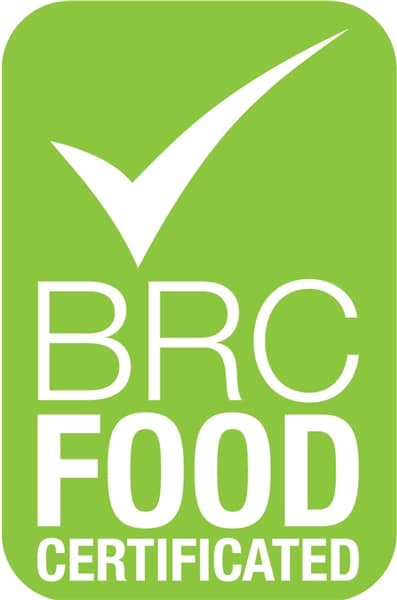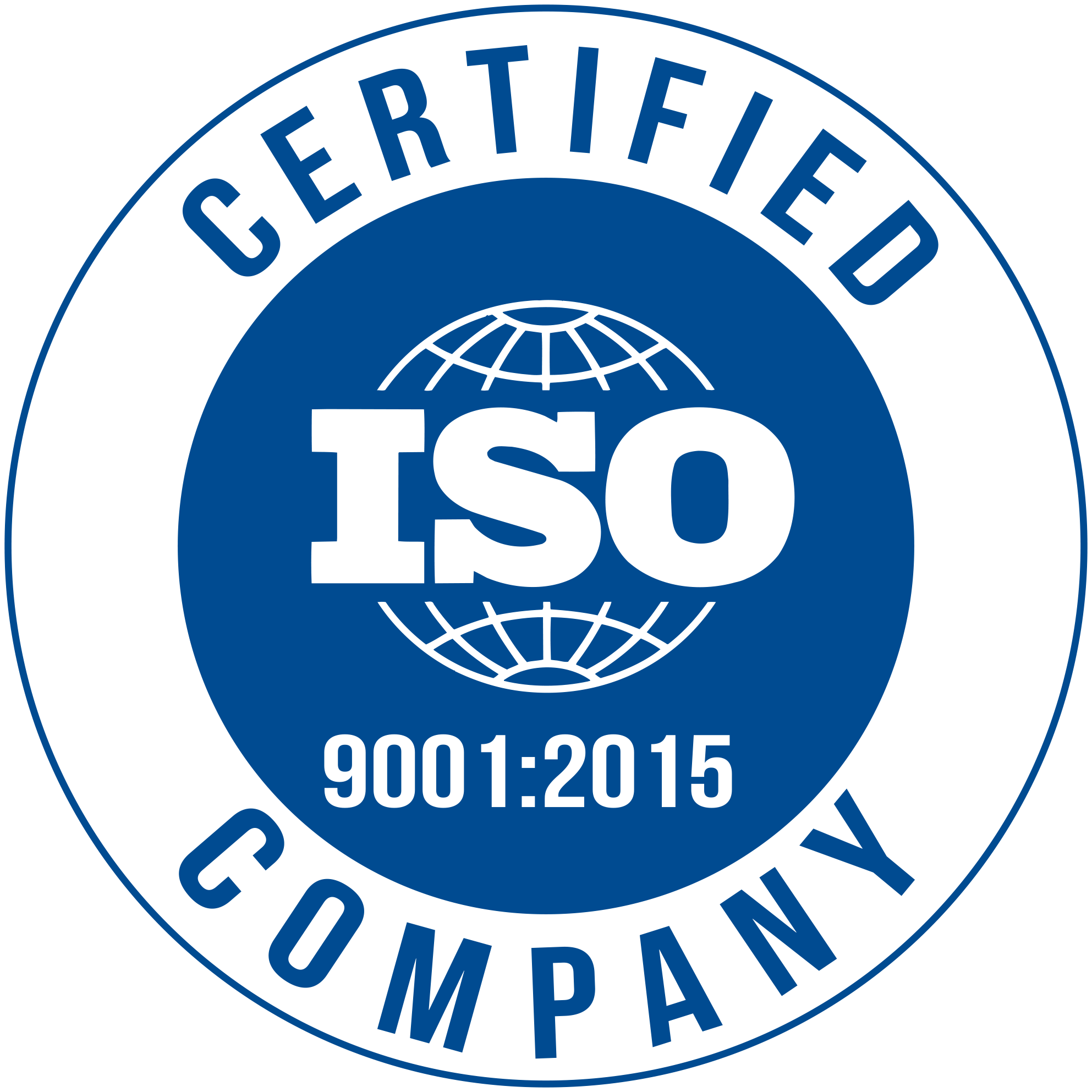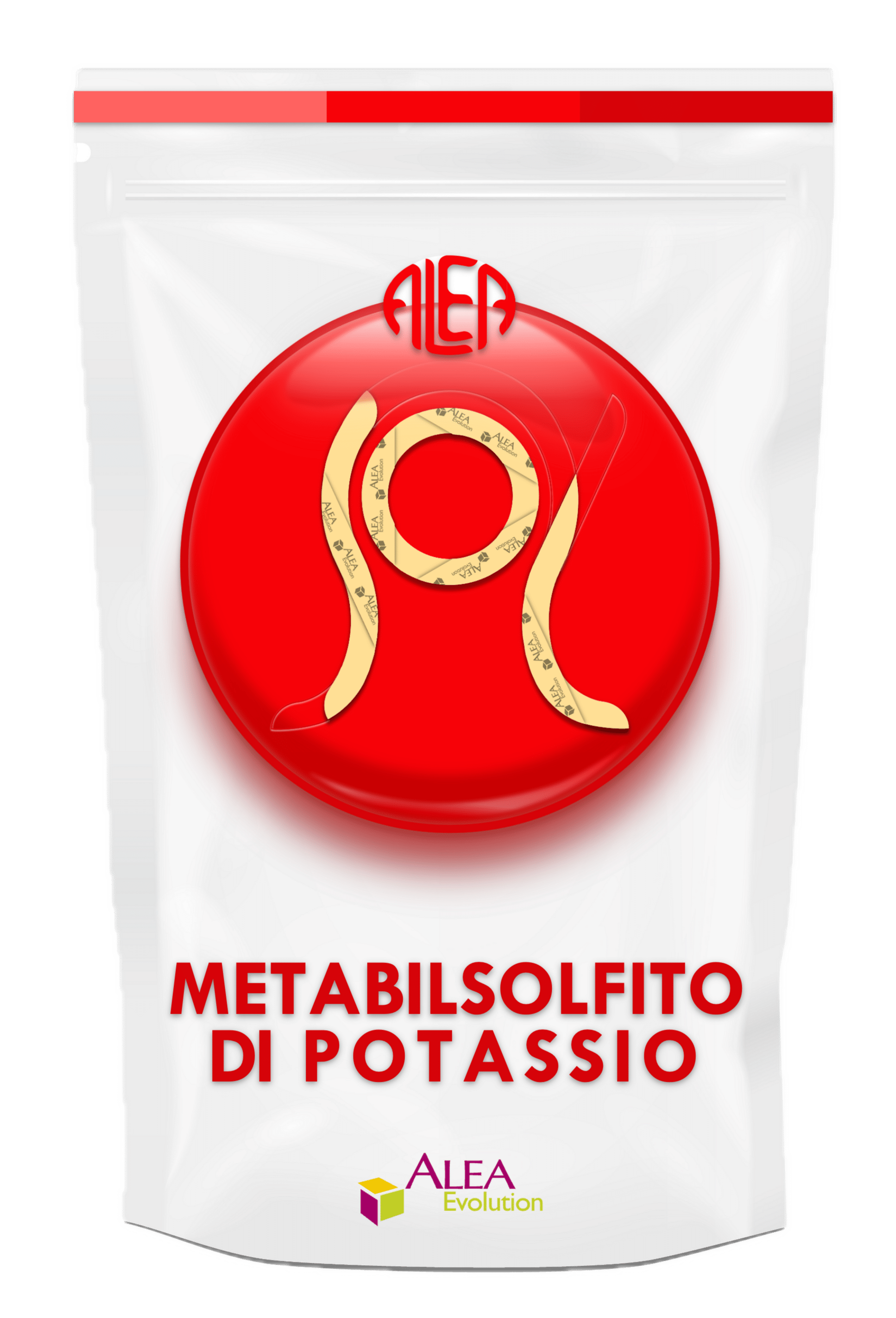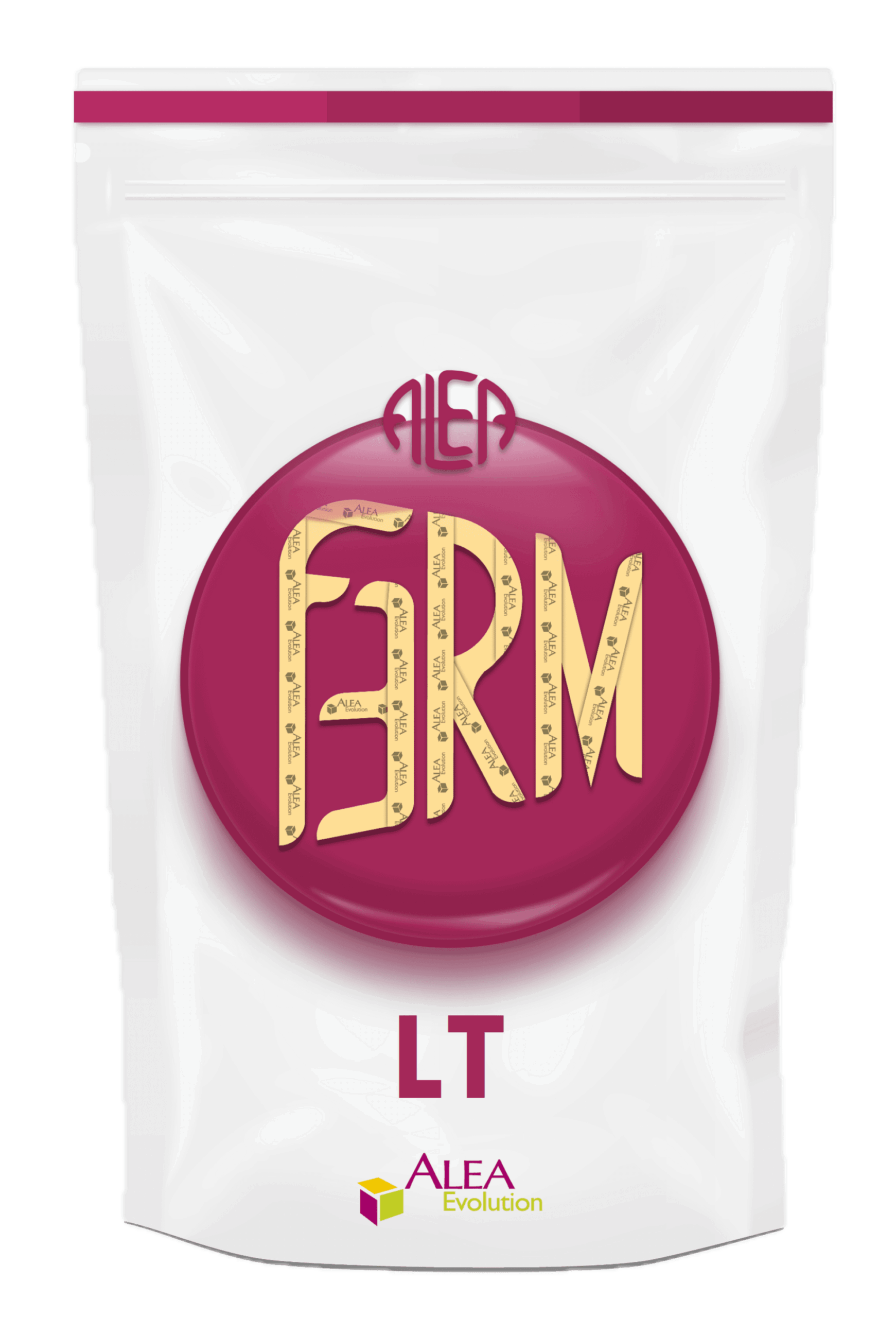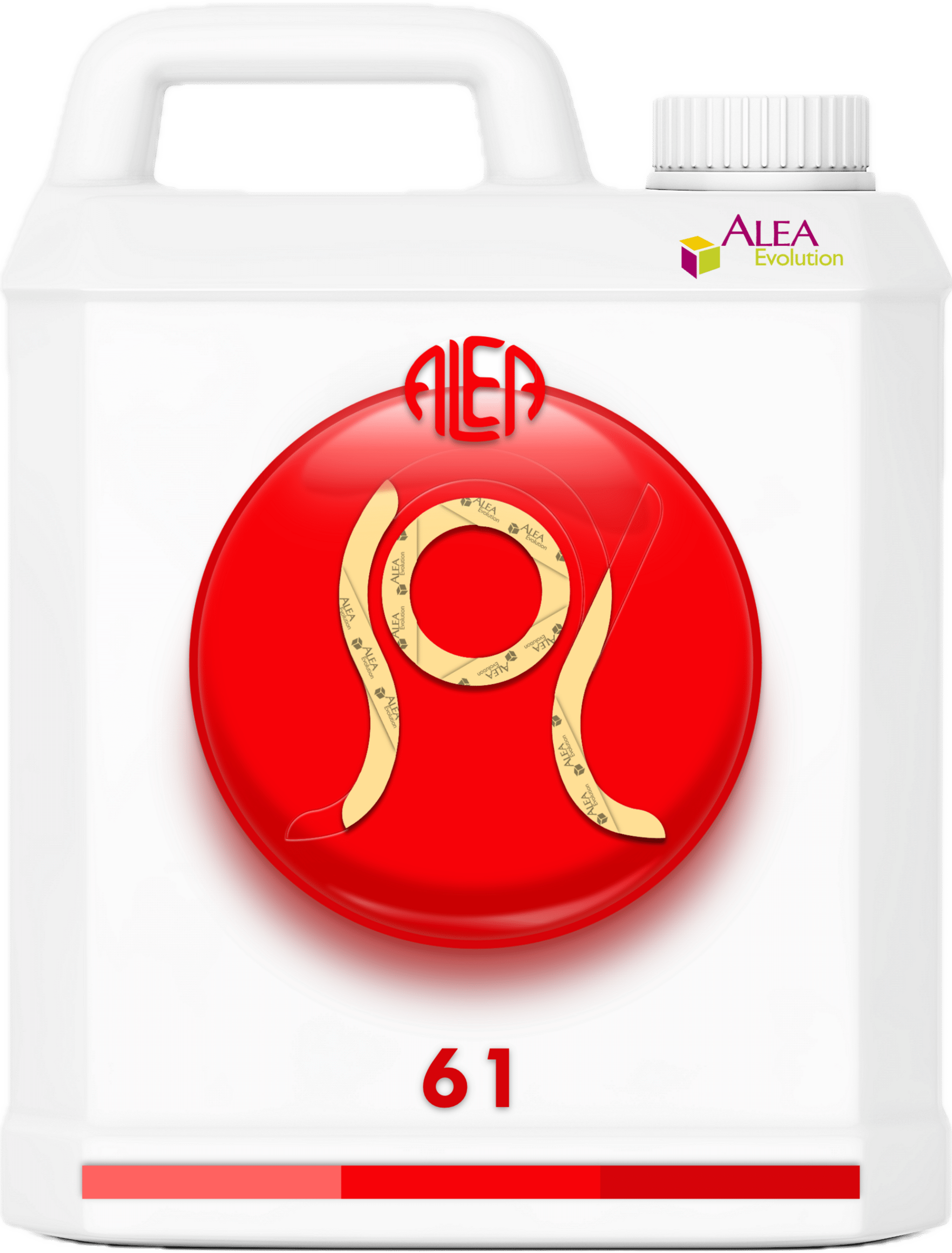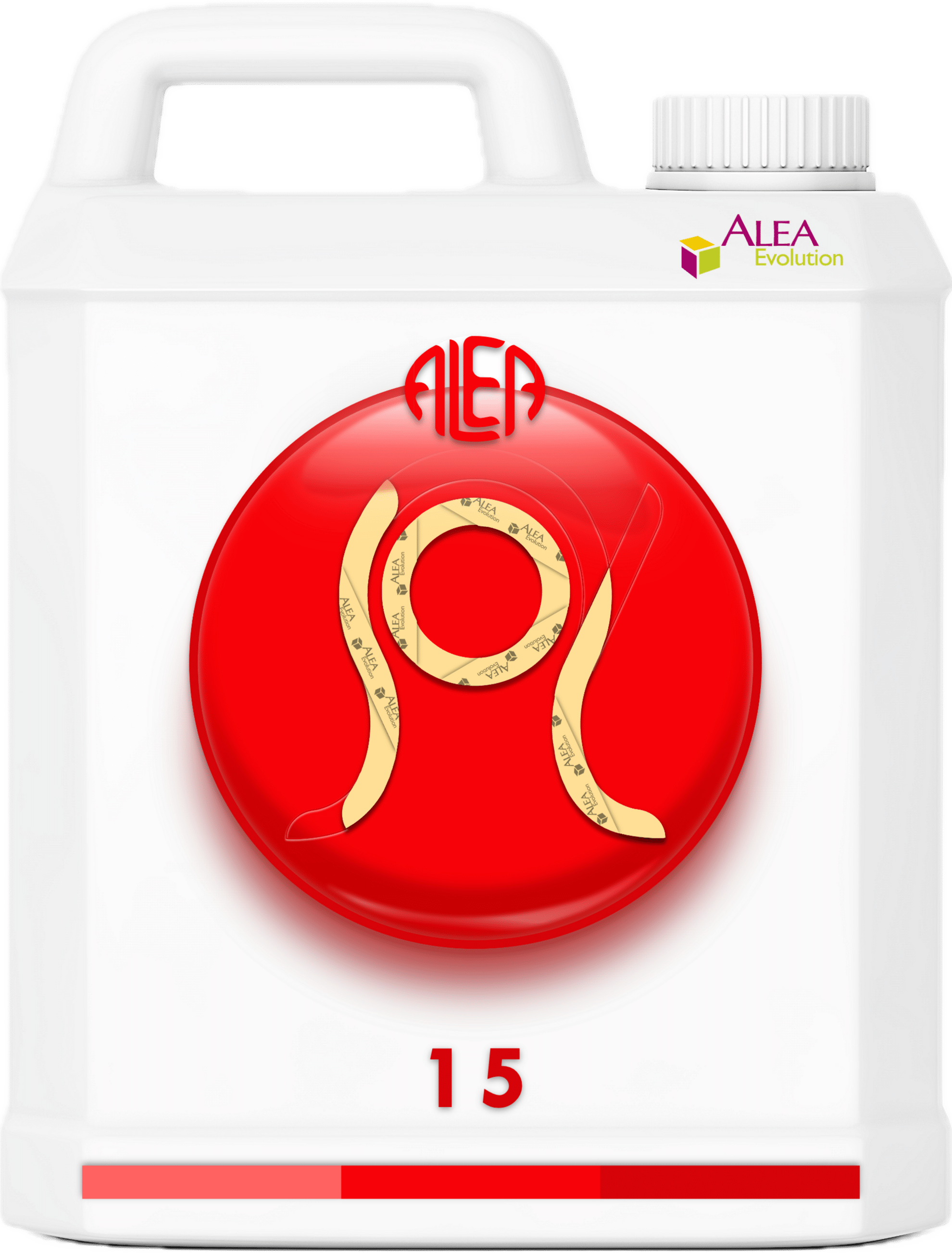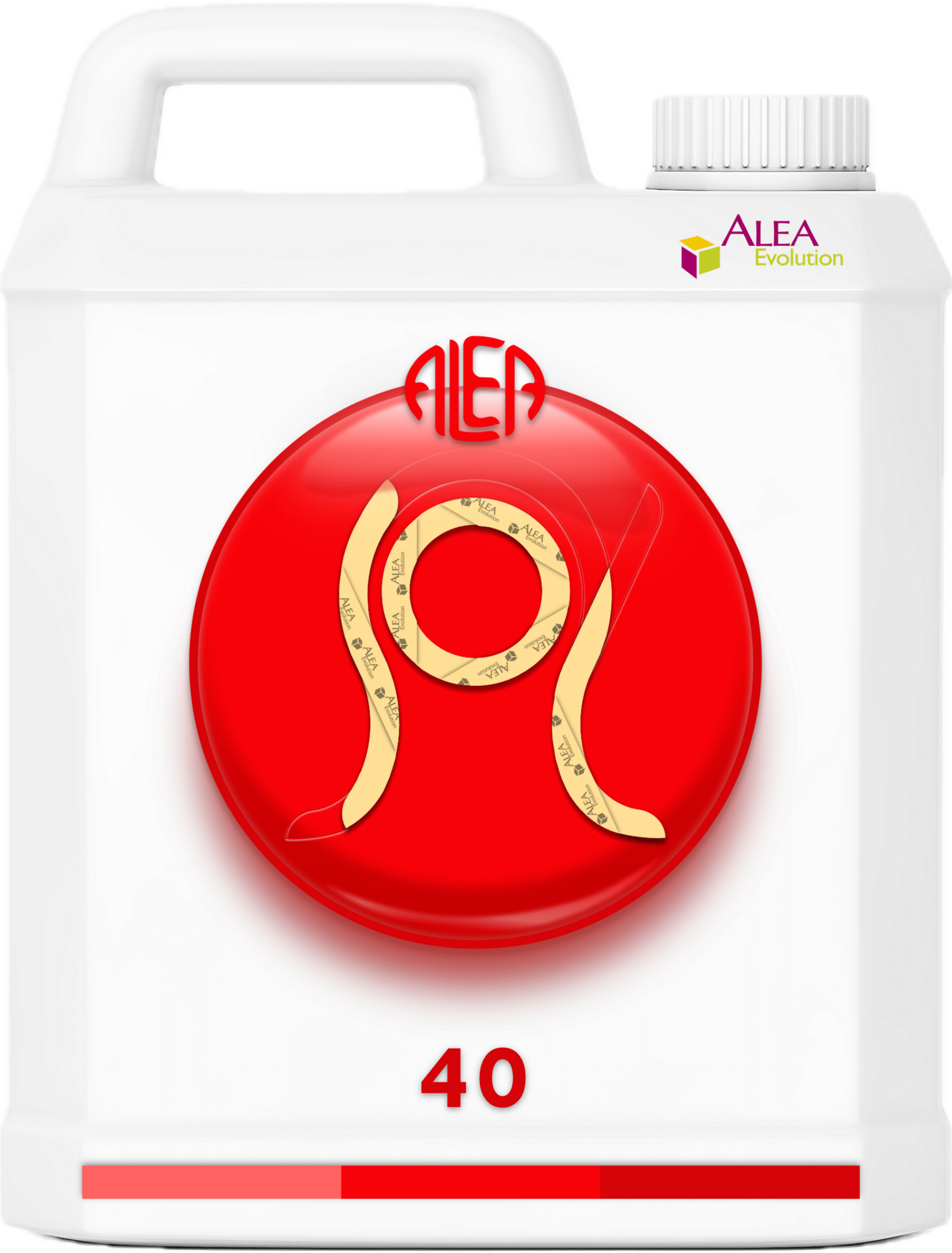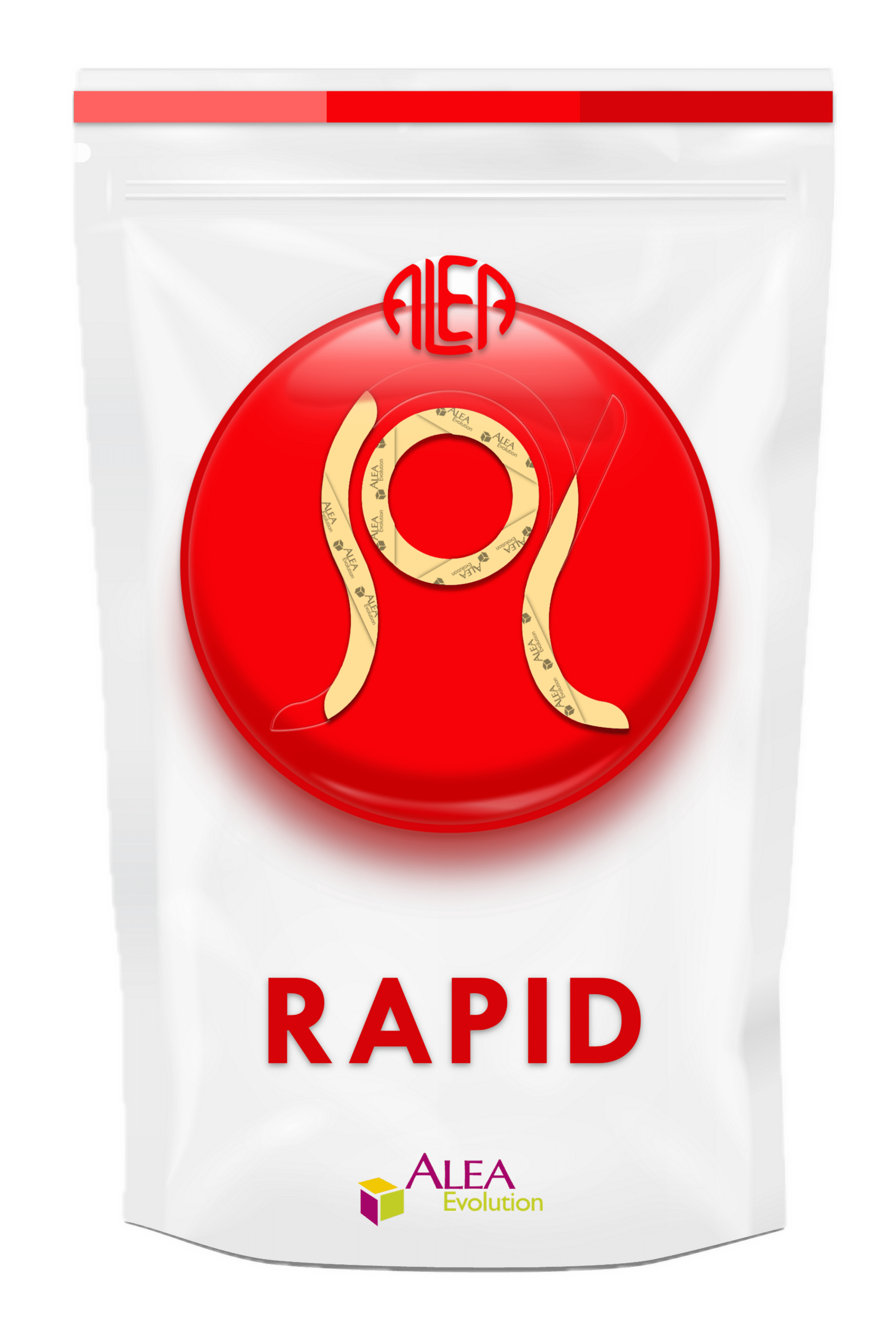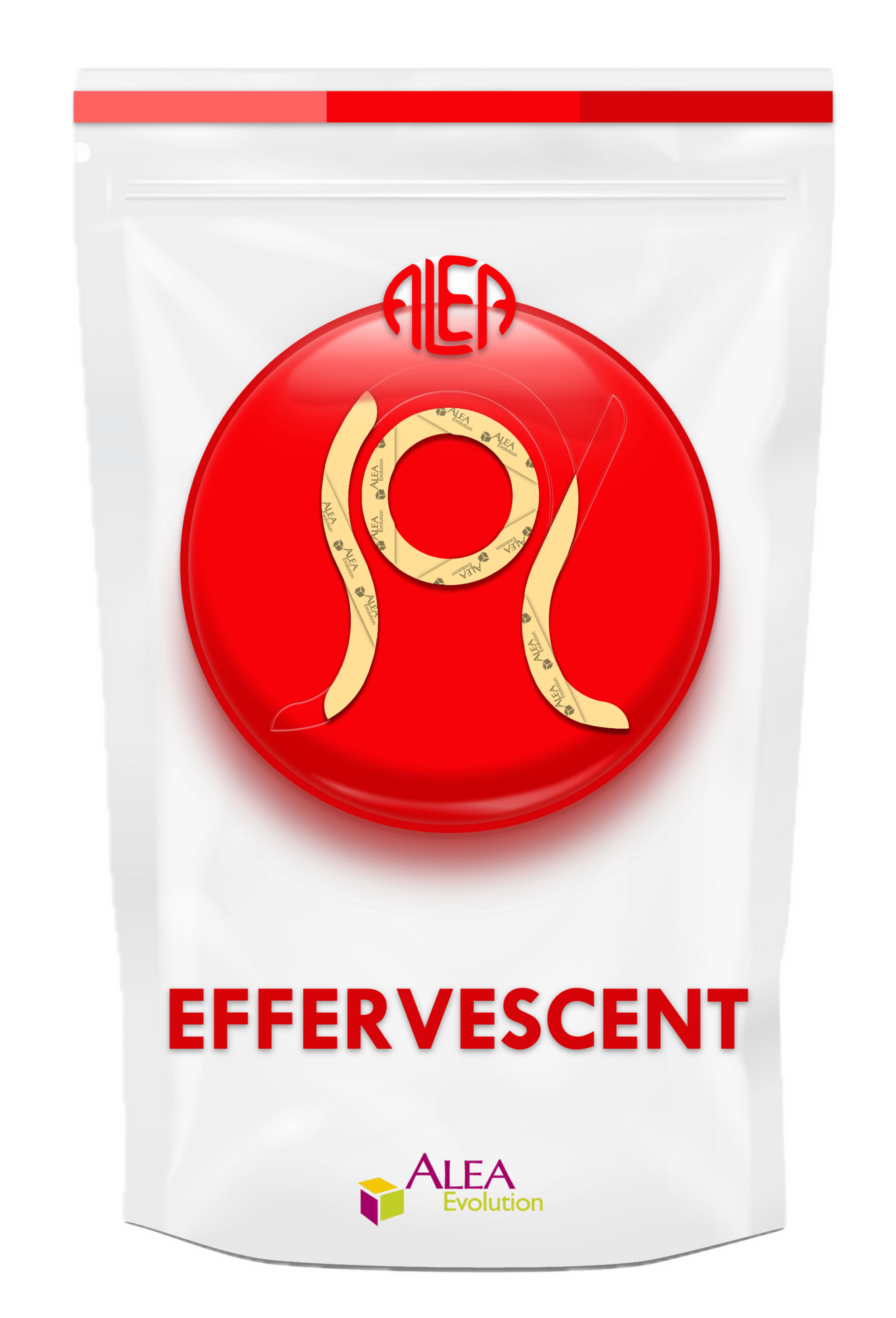METABISOLFITO di potassio
| Famiglia |
SOLFITANTI |
|---|---|
| Gamma |
ALEA EVOLUTION |
| Formati disponibili | , , , , |
| Condizioni di conservazione | , , |
| Allergeni |
POLVERE
E224 Potassio Metabisolfito puro.
Aspetto: polvere omogenea bianca, con odore di SO2
Il Metabisolfito di Potassio svolge funzioni antiossidanti, antiossidasiche e antisettiche verso la flora microbiologica indesiderata. Svolge inoltre un’azione estrattiva nei confronti delle sostanze fenoliche presenti nelle uve.
Trattamento di uve, mosti e vini per impedire ossidazioni e contaminazioni microbiologiche in generale. Il Metabisolfito di Potassio trova diverse applicazioni nell’industria delle bevande ed in generale nell’industria alimentare. In caso di utilizzo al di fuori del settore enologico, si consiglia di controllare la Legislazione di riferimento per il settore d’impiego.
Aggiungere in dosi variabili, secondo le necessità, facendo attenzione a non superare i limiti di legge relativi al contenuto in anidride solforosa.
La Normativa Comunitaria vigente specifica i seguenti limiti, espressi come SO2 totale:
a) 160 mg/l per i vini rossi;
b) 210 mg/l per vini bianchi e rosati;
c) 185 mg/l per vini spumanti di qualità e VSQPRD
d) 235 mg/l per i vini spumanti.
Per i vini non spumanti con tenore in zuccheri residui, espresso in zucchero invertito, pari o superiore a 5 g/l i limiti diventano i seguenti:
a) 210 mg/l per i vini rossi;
b) 260 g/l per i vini bianchi e rosati.
1 g di Metabisolfito di Potassio apporta circa 5 mg/l di SO2.
Sciogliere il Metabisolfito di potassio in poca acqua o direttamente nel vino, quindi aggiungerlo nella massa da trattare omogeneizzando accuratamente.

